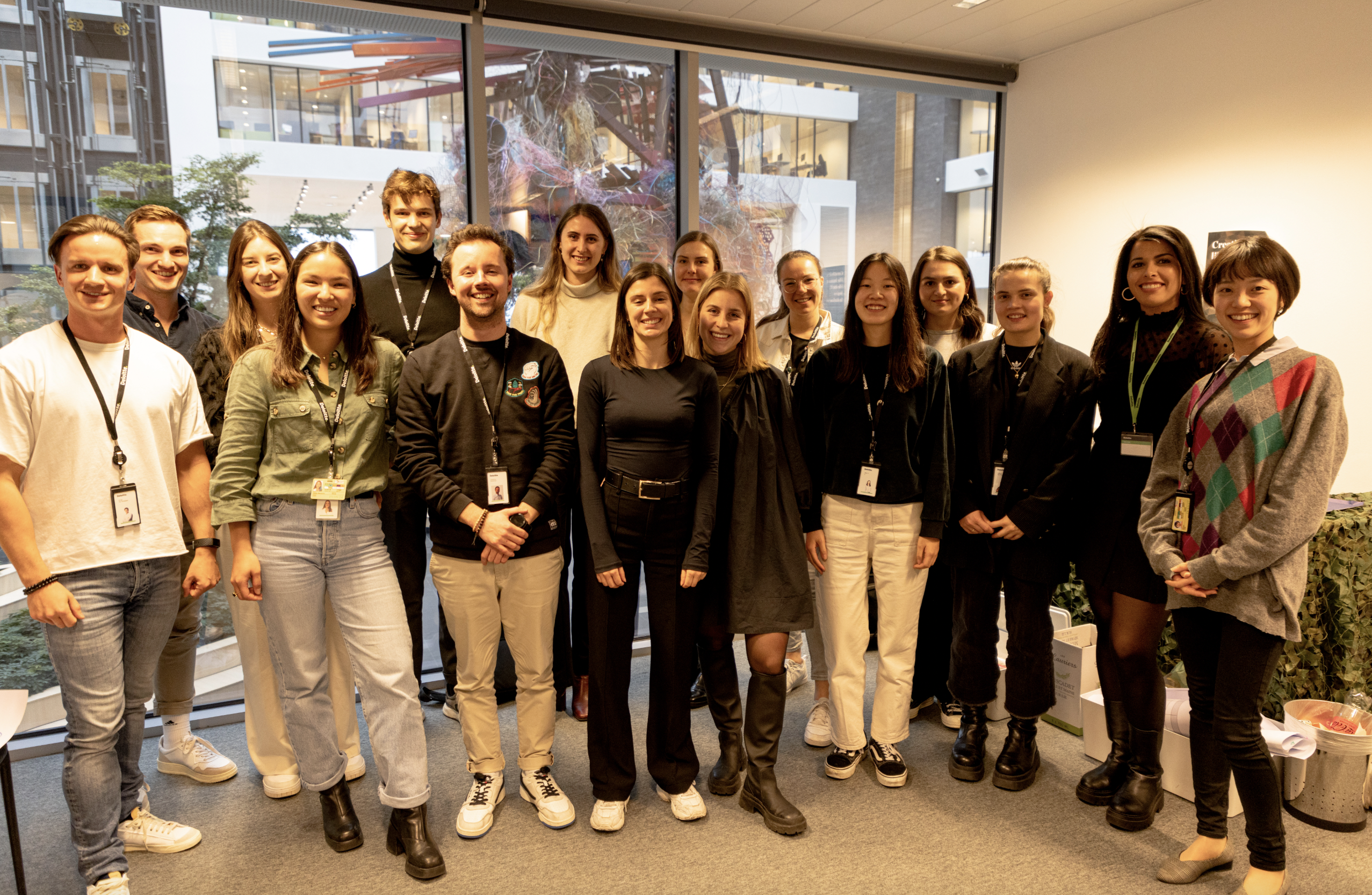A unique REPORT looking at the intersection of client expectations, market trends, and competitive insights.

Our Deloitte Digital team conducted Belgium’s first Digital Insurance Maturity Report.
The team assessed 160 digital functionalities offered by 13 Belgian insurers: Argenta, Belfius, BNP, ING, KBC, Corona, Ethias, Yuzzu, Allianz, Axa, Baloise, Federale, and P&V.
This assessment provides key insights into the current digital insurance landscape, and the expectations of Belgian consumers in terms of online services and functionalities.
For this study, we surveyed over 1,000 Belgian consumers on the importance of digital features and their preferences in terms of channels. To do so, we adopted the approach known as “Mystery Shopping” to understand the experience of purchasing insurance products in retail banks in Belgium.
Based on this, we defined the end-to-end customer journey and assessed the existence of over 160 functionalities with the help of usability experts who audited online customer acquisition channels (mobile and desktop) based on renowned UX guidelines.
The full report is available online here but keep on reading to already have the view of the highlights!
1. Insurers invested in digital sales, clients want digital servicing
In terms of functionalities, we identified gaps between what the Belgian market has invested, in comparison to what customers need. More than 85% of customers want the possibility to follow up on claims, download insurance documents, and edit billing online. Yet, this is where insurers scored the lowest on average. Our report demonstrates the importance of maintaining a customer-centric vision when prioritizing product roadmaps and investments in digital capabilities.
” We found that online quoting and contracting is becoming the norm in Belgium. Insurers have concentrated their digital investments on acquiring new clients, rather than improving the digital servicing of existing clients. “
Kasper Peters, Financial Services Industry Leader
2. Insurers need to digitise, but not at the cost of human interaction
While Belgian consumers expect digital features, about 70% of them still prefer to interact with an advisor for a range of tasks. This is especially true when contracting a new insurance policy. The assessment stresses the importance of a hybrid model: insurers that go digital must still provide the possibility to reach out to a person when needed.
3. Great User Experience is a standard, not a differentiator
Most players achieved an overall UX score of 85% or above on their customer acquisition channels. Such high scores show that investing in great UX has become a standard for the industry, rather than a true competitive advantage.
4. Most important UX improvement areas are: Forms, responsiveness, and accessibility
While UX scores high overall, some insurers still have room for improvement in responsiveness, forms, and accessibility. Indeed, mobile content consumption is here to stay and must be properly adapted to the size and interaction patterns of the platforms.
” Our survey also revealed that accessibility could be significantly improved, with accessibility violations being recorded in all of the channels we audited.
Barbara Vanhauter, Deloitte FSI DirectorToday, government websites must ensure a minimum level of accessibility. This is not common practice yet for a private website, but we expect this to change over time, especially for players committed to making a positive social impact. “
We invite you to read the report to learn more.



